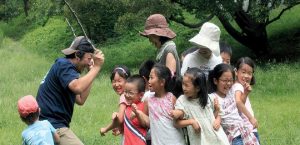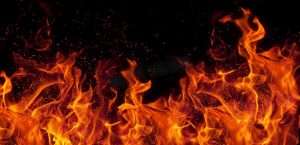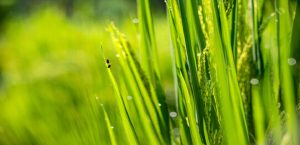Abstract:
The Cerambycidae comprise diverse (>35,000 species) family of wood boring beetles, many of which are of concern as invasive species because their long-lived larvae are readily transported around the world concealed in wooden products and packing materials. In forests, particular tropical forests, these insect play important roles in forest ecology and recycling nutrients. Over the past two decades our understanding of cerambycid pheromone chemistry has advanced rapidly, with pheromone structures now described for several hundred species. In this talk, I will describe how pheromones are identified in the lab and how field testing pheromones reveal taxonomic patterns of pheromone use and how pheromone structures are conserved, highlighting work done at the Bulong Nature Reserve (Mengsong, Yunnan). Effective pheromone lures and traps could be powerful tools for survey and detection programs for potential invasive species, rapid biodiversity assessments, and most recently, examining trap catch data together with Hierarchical Modeling of Species Communities (HMSC) show how site variables, such as trap height, slope, elevation, and leaf-area index, can be important determinants of cerambycid distribution and enhance the understanding of cerambycid ecology.
Speaker: Dr. Jacob D. Wickham
Affiliation: Institute of Zoology, Chinese Academy of Sciences
Time: May. 25, 2021
Venue: The Conference Hall in Xishuangbanna Headquarter
The 101 meeting room in Kunming Division (video conference)
Link链接: https://pan.baidu.com/s/1iCb-w0XLxcpBWsF6ddRsSg 提取码: pdb7



